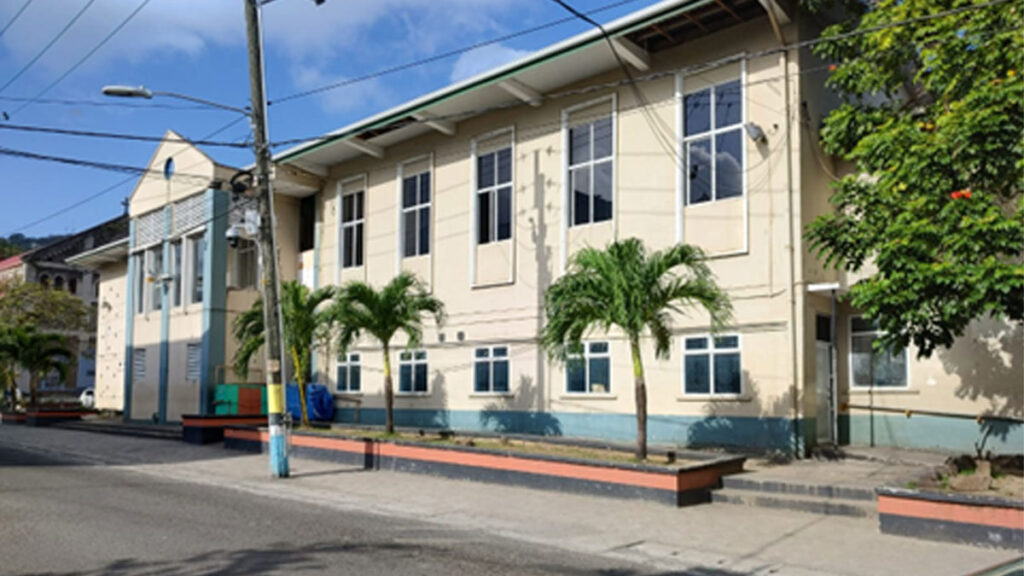This building, located on Peynier Street in Castries, holds a significant place in the collective memory of Saint Lucians. Once the main courthouse, it housed the High Court (upstairs), the magistrate court (downstairs), the Registry of Deeds and Mortgages and other smaller courts within its walls.
In its prime, this courthouse buzzed with legal proceedings and other legal activities. However, over time, like many man-made structures that lack proper care, it succumbed to the forces of nature and required major refurbishment. In 2015-2016, it underwent major and expensive renovation.
Surprisingly, despite this extensive refurbishment, the building remained empty. Court activities never resumed there, and it wasn’t repurposed for any other function. Both the United Workers Party and the Saint Lucia Labour Party administrations made promises to reopen the courthouse, but those promises seemed to vanish like dust in the wind. This situation stands as a stark example of taxpayers’ money being squandered.
 To comprehend the administration’s neglect of this building, we must rewind to July 2015 when the court went into recess. The lengthy refurbishment process sparked debates among legal professionals about its suitability for reopening during the new law year in 2015. Unfortunately, renovations were still ongoing when the new law year arrived (started), rendering the building unsuitable for court activities.
To comprehend the administration’s neglect of this building, we must rewind to July 2015 when the court went into recess. The lengthy refurbishment process sparked debates among legal professionals about its suitability for reopening during the new law year in 2015. Unfortunately, renovations were still ongoing when the new law year arrived (started), rendering the building unsuitable for court activities.
The decision to renovate came only after staff raised concerns about respiratory issues caused by the asbestos roof and the presence of bats, rats, and pigeons nesting in the ceiling and other parts of the building. The severity of the problem led members of the legal fraternity to stage sit-outs and protest marches, demanding improved conditions. Additionally, challenges arose regarding the indoor air quality.
The hope that the building would reopen for court business in 2016 was dashed when the legal fraternity deemed that it was still unfit for the transactions pertinent to the delivery of justice, despite the completion of the then refurbishing exercise.
Under the Allen Chastanet administration, this building was earmarked for demolition. The demolition never took place. Enter the Philip J Pierre administration with a different plan for the building. That new plan, though mentioned, has not been forcefully projected so we are unable to present any aspect of it. Today the building is slowly, or perhaps not so slowly, going back into a state of deterioration. Could it be regarded as a symbol of government neglect over the years?
That a building like this, on prime real estate in the heart of the city center cannot be transformed into something beneficial for the city or the country is both heartbreaking and symptomatic of the profligacy of successive governments.
How are we expected to revitalise our capital city when public owned buildings within the city, like this one, are left to the elements year after year after year?
On another note, government, every month, groans under the weight of the financial payouts it makes for private rental spaces, yet it owns a building, which if properly restored, could reduce on the monthly sum it pays out to private entities for rental of office spaces.
Are our priorities skewed?
We can’t help but note that despite the occasional assurances of plans, the courthouse remains a silent witness to its own history and our own recklessness.





